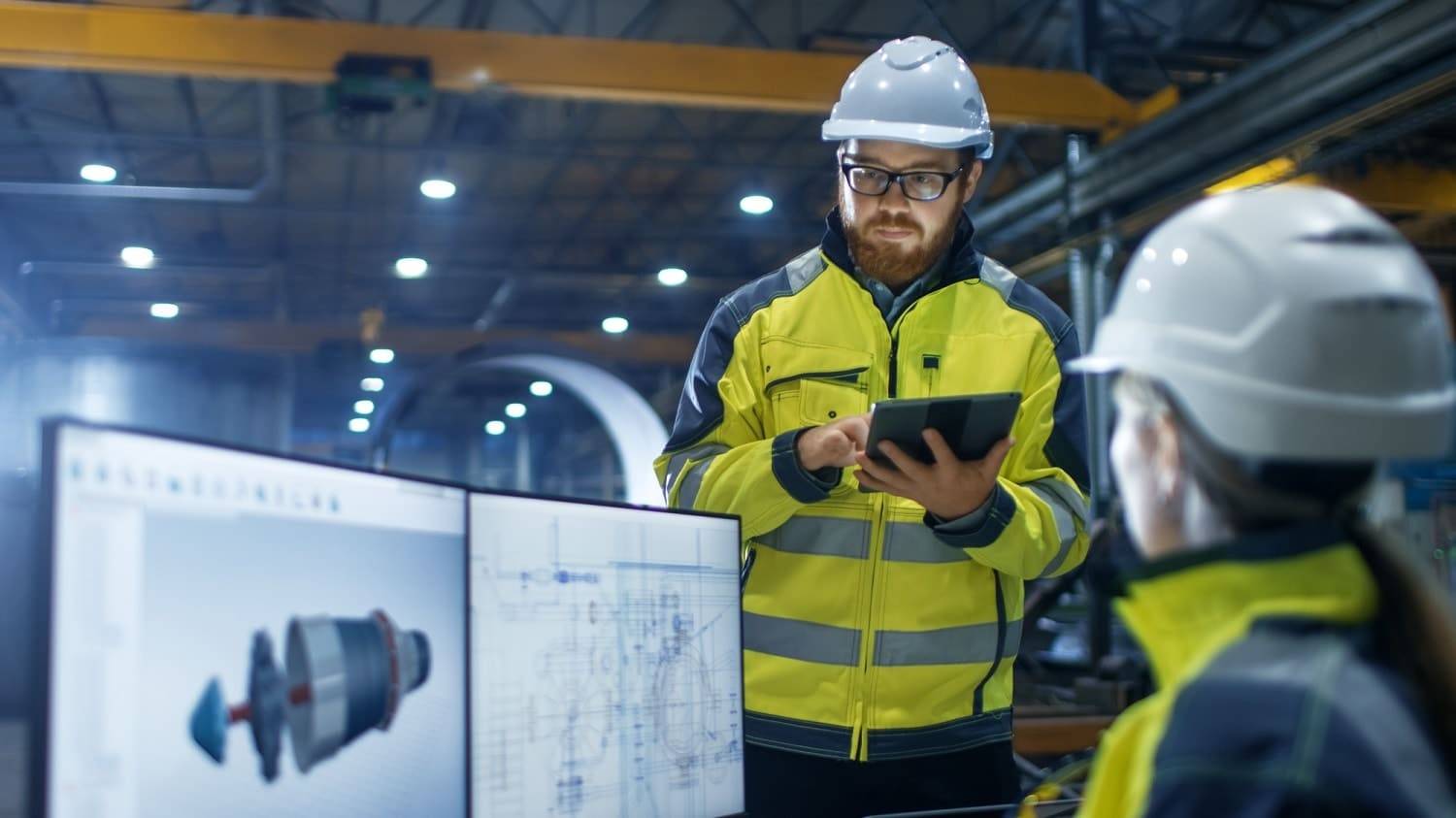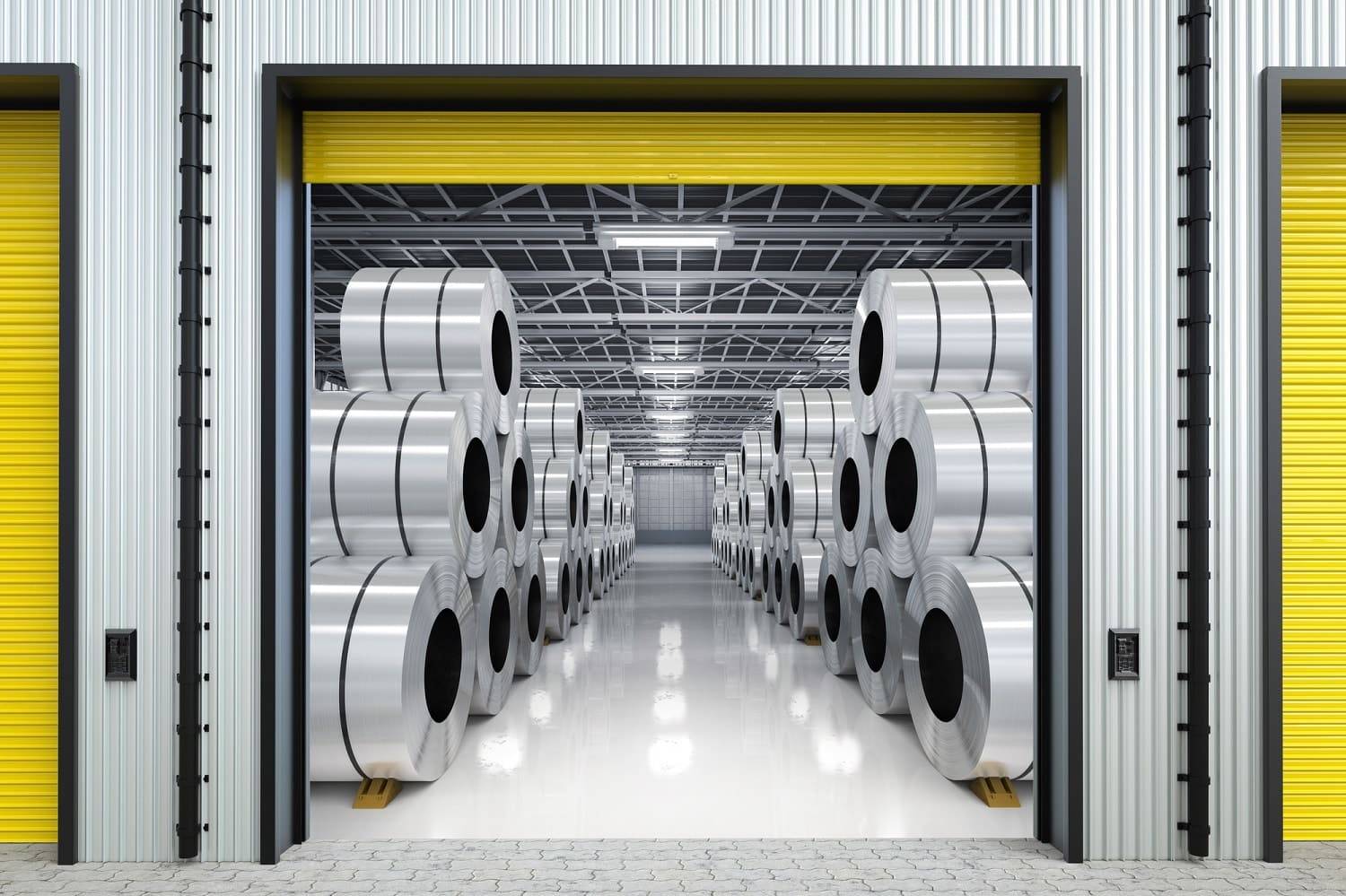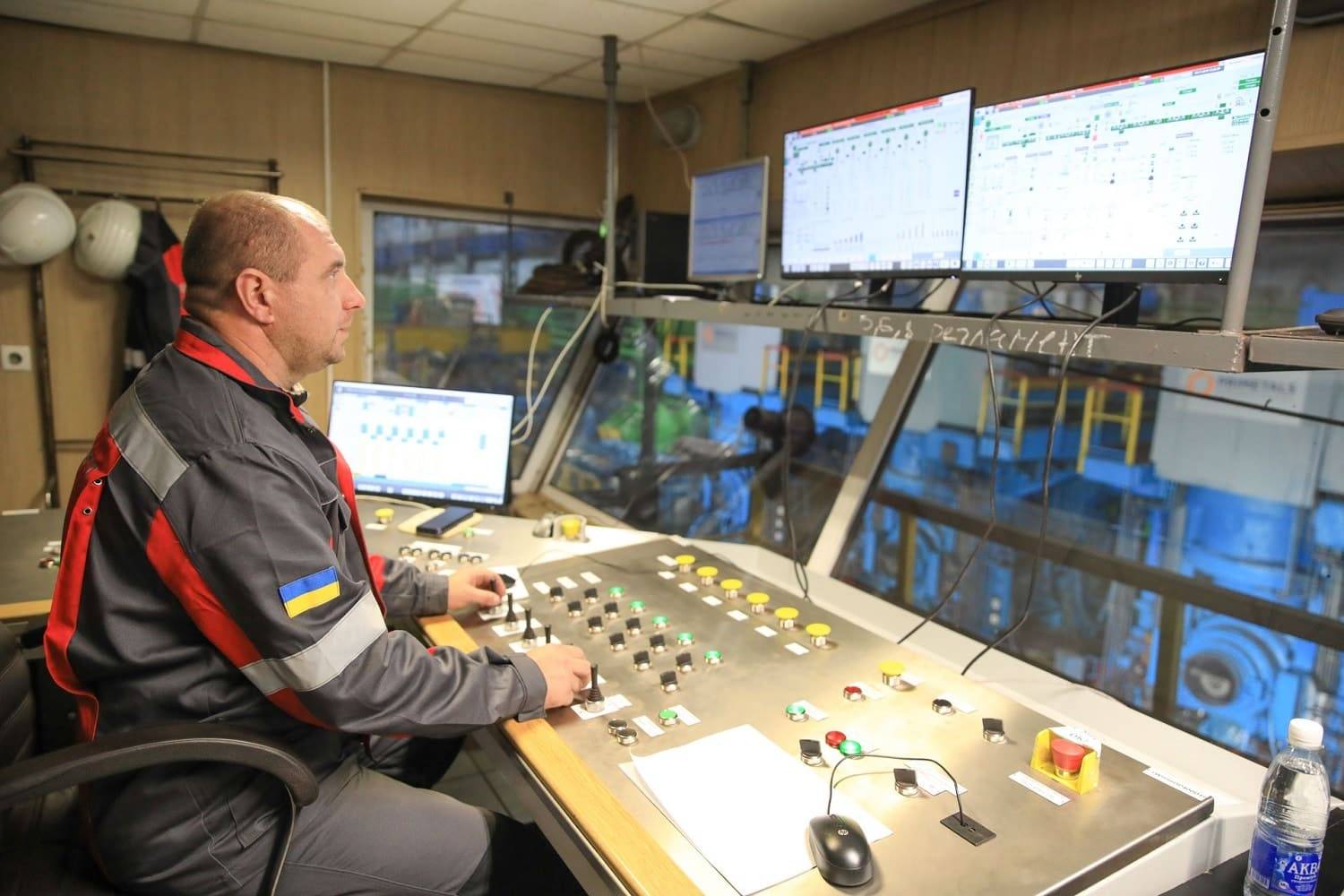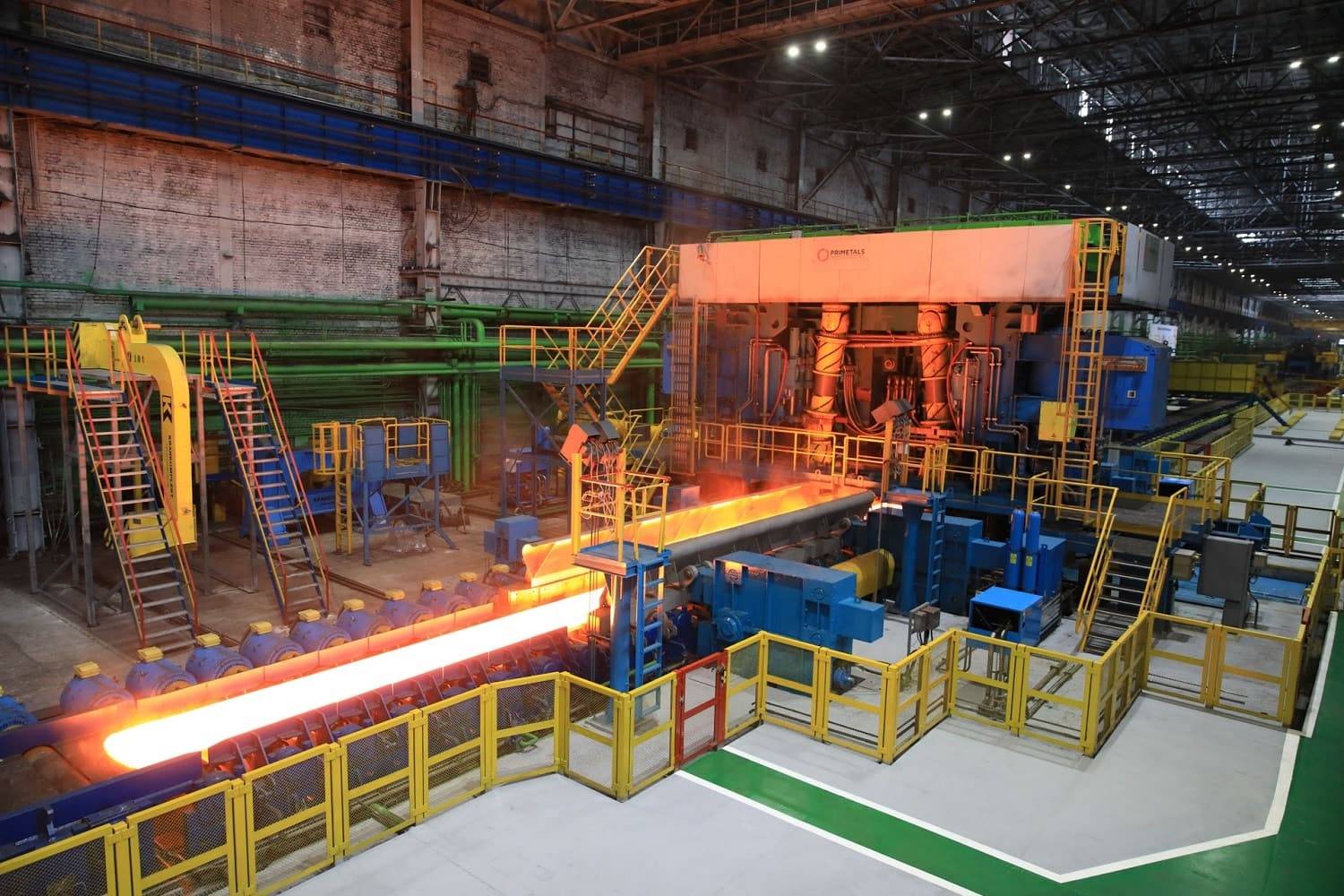Trends in world metallurgy
In fact, metallurgy is not an old-fashioned segment, as it is commonly believed, because it keeps up with other sectors in following the main world trends.
Today, the main focus is on the ‘green production of steel’. This allows the segment to withstand environmental problems and pressure from regulatory authorities.
The growing demand for high-quality steel grades requires special attention to the equipment at both new and upgraded enterprises, whereby digitalisation will become an integral part in all phases of manufacturing activities.
If speaking in broad terms, steel will be manufactured in a sustainable, carbon-free, safe, intellectual and upgraded manner in the future, which, probably, will lead to creating materials with such features that are hard to believe today. However, first things first.
Hydrogen vs. carbon
It’s already no longer necessary to prove the need for transferring to the "green production of steel", which is called out to make the manufacturing process more environmentally friendly. There are several directions to pursue in this area. The first is considered to be the most environmentally impactful now: that is switching from carbon to hydrogen. Carbon-reducing agents are replaced with hydrogen in different ways.
The hydrogen-based decision for the direct reduction, which allows using any type of iron ore, can almost exclude a carbon footprint during the iron-manufacturing process. Carbon dioxide emissions will be close to zero. The by-products will be processed, and the processes will be realised with maximum energy efficiency.
Such metallurgical giants as ArcelorMittal, voestalpine, SSAB, Dillinger, and several other manufacturers have started developing this technology already. Nippon Steel from Japan declared its intention to switch from carbon-usage technology to hydrogen by 2025. The required industrial facility is absent so far, and when it is launched, it will operate on a small scale. Nevertheless, these developments are encouraging. Pilot industrial facilities are promised to be commissioned in 2021.

Direct reduction of iron
The second “green” direction, which has been already used in metallurgy for a long time, is the direct reduction of semi-finished products to manufacture steel from high-ferrous raw materials, using special technologies (Midrex, Arex, Hyl, etc.). So-called metallized raw materials – hot-briquetted iron (HBI), metallised pellets made of DRI (Direct Reduced Iron), and sponge iron – are produced in such a way. These are metal products with high iron content (up to 99%), which can be immediately used in the steelmaking process. Such direct iron is the main material to produce electric steel and is used to replace scrap and other iron-containing components. This technology has been developed for more than 30 years already. Its efficiency has been proven to some extent, but this technology initially requires the availability of highly clean ore materials – iron-containing raw materials with high Fe content and low content of impurities – or the availability of large generating capacities.
That is why such production lines are located in Brazil or in Australia, close to mining enterprises with the availability of very good ore, and in the Middle East, which possesses excessive amounts of cheap gas that can be used to recover the iron from iron-containing raw materials.
Today, direct-reduction technology has already become one of the leading and the most widely used techniques in the field.
Basic oxygen furnace and electric steelmaking processes
If speaking about modern steelmaking technologies, the basic oxygen furnace (BOF) and electric steelmaking processes are the keys. The open-hearth (OHF) steelmaking method is used less and less in the world of metallurgy. This is again related to the ‘green ecology’ to a large extent. As you know, OHF heat lasts 9 hours, while the BOF and electric steelmaking processes require only 50 minutes. It’s true that both the BOF and electric furnace require additional equipment, while, in general, everything can be made in one machine if speaking about the OHF. Nevertheless, the OHF manufacturing process is more costly in terms of both necessary energy resources and environmental impacts. Natural gas is used here, which results in large emissions into the atmosphere. About 70%t of steel is produced in BOFs nowadays, while 29% is smelted in electric furnaces and only a small amount in OHFs.

Combined processes for smelting and rolling the metal
Speaking about the metal smelting, it should be noted that the combined methods for smelting and rolling are more and more widely used.
A smelting machine – a converter or an electric furnace – is installed in the same shop; here, the continuous casting takes place in a CCM (continuous casting machine for billets), which conveys hardened hot slabs, blooms or billets directly to rolling. These machines are called casting and rolling modules, or casting and rolling facilities.
Nowadays, they try to build the newest process lines in any type of modular design worldwide. This permits saving space, reduces logistics costs and order lead time.
This technology is featured by both the available high-level manufacturing culture and by highly skilled personnel. Otherwise, there is a high risk of obtaining many finished products with defects (in this case, it’s not possible to “catch” defects at any specific production phase, but only at the end). All facilities have to work together in a complex, and the personnel should be as competent as possible to minimise risks by spotting the defects in finished products.
These modules already exist now and they not only combine smelting, casting and hot-rolling but also include the cold-rolling of coils or long products, wire drawing, etc. In other words, we may not only obtain hot-rolled products but also products of higher conversion stages as well at the end of the production process.
A so-called “roll-based rolling”, where the steel coming from the smelting facility is smelted not using a continuous-casting machine but via a small crystalliser on special water-cooled rolls and hardens directly on them, presents a separate area of the combined manufacturing process. After that, the steel gets formed into strips and is supplied to the hot-rolling. Such technologies are more developed in non-ferrous metallurgy, especially in aluminum-based manufacturing of strips and coils.
Speaking about ferrous metallurgy, the leading facility of this type is Nucor, located in North Carolina, U.S., which permits the creation of unique structures that may not be obtained using any other alternative means. Such products are mostly used in the automotive and aerospace industries.
Hardened steel grades
Nowadays, the transfer from ordinary steel grades to high-strength steel (thermomechanically hardened, tempered, two-phase, hardened during the coating drying, etc.) is an important trend in metallurgy. This is especially noticeable in the automotive industry, where stricter and stricter standards for safety and fuel-saving make the manufacturers develop lighter, more environmentally friendly and safer cars. Conventional high-strength (HSS) and progressive high-strength (AHSS) steel have been increasingly replacing their soft analogs in machine bodies for the last ten years. A typical modern car contains about 30% HSS and 30% AHSS, including a subsequent trend to reduce the share of “soft” low-carbon, low-alloyed steel. The development of steel-rolled products for the automotive industry is carried out under the support of the International Iron and Steel Institute, and other field-specific associations as well.

Digital technologies in metal manufacturing
Digitalisation presents one more important field in modern metallurgy. All facilities are fully automated, whereby the use of robots is also expected in hazardous working zones, which essentially increases safety at the workplace. Among other things, state monitoring systems (CMS) and augmented reality (AR) facilitate maintenance. The processes will be optimised using artificial intelligence. Finished products will have only insignificant defects.
Renovations together with innovations
Besides the actual certain development of new technologies, the latter shouldn’t also be dismissed as they are being upgraded and improved to improve the quality of products manufactured and to ensure their competitiveness in the congested market.
In this respect, Metinvest, for example, develops several areas: reconstruction of existing facilities and construction of new, innovative machinery.
If speaking about reconstruction, it undergoes a continuous progress to a greater or lesser degree. The company introduces cleaning systems at the BFs across its enterprises; aspiration systems are installed at sintering plants; and the existing rolling mills are being upgraded. Construction of new facilities across the existing enterprises allows to essentially reduce the company's costs and improve the quality of finished products as well.
In such a way, for example, the continuous casting machine #4 was installed at Ilyich Iron and Steel Works in Mariupol in 2018, and a new ladle furnace was put in operation as well. The 1700 high mill was upgraded step by step from 2018 to 2019. This allowed us to produce hot-rolled coils 1.2mm to 8mm thick, weighing up to 27 tonnes, according to the latest European quality standards. One more coiler, which allows for increasing the coil weight to 32 tonnes, will be installed in the mill in 2020. Moreover, the maximum thickness of the strip to be rolled will reach 16mm.

In terms of similar projects at other Metinvest Group's enterprises, it’s important to note the start-up of a new BF at Zaporozhstal and the reconstruction of the BF at both the Azovstal and Ilyich plants. Thanks to new automation levels at the enterprises in Mariupol and Zaporozhye, we also improved the control over the process parameters and the hot-metal output from the furnaces. Works are also in progress on converters.
We plan to install a modern casting and rolling module at Zaporozhstal, which combines the basic-oxygen furnace shop, the continuous casting of steel and the manufacturing of coils.
On the other hand, the overseas enterprises of Metinvest Group also underwent renovations. Metinvest Trametal (Italy) introduced a shot-blasting and painting line for heavy plates, which helps to remove corrosion and ensures the shelf life of metal until its conversion into finished goods. This is only the smallest share of all the changes in progress across the Group's enterprises.
The aim of steel leaders to meet the demands of both the entire market and individual customers, develop new products, digitalise the processes, improve the available technologies, and implement new “green” projects are the driving forces for the development of the local and global metallurgy nowadays.
